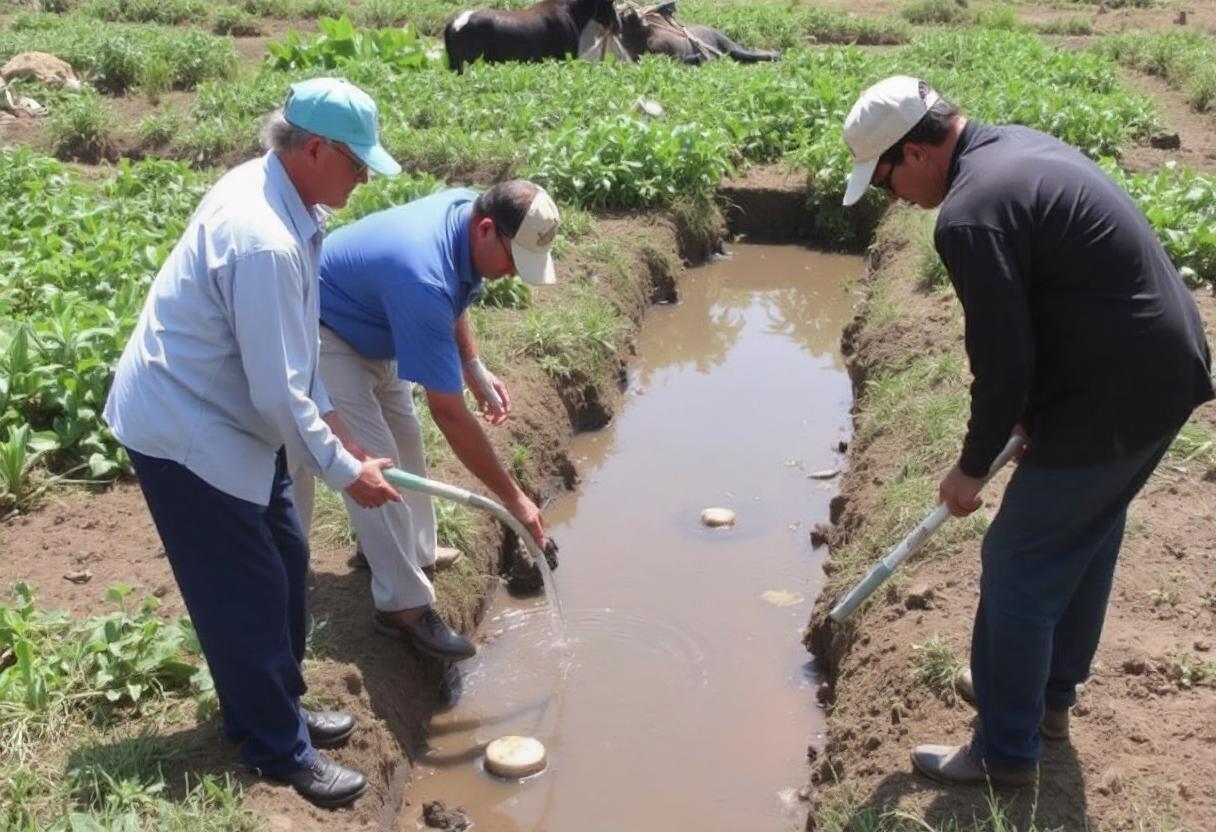
The Agriculture Water Infrastructure Program (AWIP) is a critical initiative designed to support the development and enhancement of water systems specifically for agricultural use. It aims to improve water efficiency, reduce waste, and ensure a sustainable supply of water for farms, ranches, and other agricultural activities. With water being an essential resource in farming, AWIP plays a vital role in addressing challenges posed by climate change, population growth, and water scarcity.
Importance of Water Infrastructure in Agriculture
Water infrastructure in agriculture includes systems such as irrigation networks, reservoirs, dams, canals, and pipelines. These systems are essential for ensuring that crops receive adequate water during both wet and dry seasons. Proper infrastructure can help increase agricultural productivity, stabilize food supply, and support the livelihoods of farmers. Effective water management through infrastructure reduces the risk of crop failure and maximizes the efficiency of water use in farming.
Objectives of the Agriculture Water Infrastructure Program
The primary objectives of the Agriculture Water Infrastructure Program are to:
- Improve water efficiency: Implement modern irrigation techniques to reduce water waste and enhance the efficiency of water delivery to crops.
- Enhance sustainability: Encourage the use of sustainable practices in water management to ensure long-term availability of water resources.
- Support smallholder farmers: Provide financial and technical assistance to small and medium-sized farms to access modern water infrastructure.
- Promote innovation: Foster the adoption of innovative technologies, such as drip irrigation and water recycling systems, to improve water management in agriculture.
Key Components of the Program
The Agriculture Water Infrastructure Program includes several key components that work together to achieve its objectives:
- Irrigation System Development: Construction and rehabilitation of irrigation systems to provide consistent water supply to farmlands.
- Water Conservation Initiatives: Introduction of water conservation practices, such as rainwater harvesting, to ensure sustainable water usage.
- Capacity Building and Training: Offering training programs for farmers to learn about efficient water management techniques and the operation of modern irrigation technologies.
- Funding Support: Provision of grants and loans to farmers for the development and maintenance of water infrastructure on their farms.
Challenges Faced by the Program
The Agriculture Water Infrastructure Program faces several challenges, including:
- Financial Constraints: Many small-scale farmers lack the financial resources to invest in modern water infrastructure, despite the availability of government programs.
- Climate Change Impact: Changes in rainfall patterns and increased droughts make it harder to predict and manage water supply for agricultural use.
- Technological Barriers: Some farmers, particularly in remote or underdeveloped regions, may not have access to the necessary technology or expertise to implement advanced irrigation systems.
- Land Degradation: Soil erosion, deforestation, and other forms of land degradation can reduce the effectiveness of water infrastructure systems.
Government and Stakeholder Involvement
Various levels of government and private stakeholders play an important role in the success of the Agriculture Water Infrastructure Program. Government agencies provide regulatory support, funding, and expertise in the planning and construction of water systems. Non-governmental organizations (NGOs) and private sector stakeholders offer technical assistance, innovation, and additional funding for projects.
In many cases, partnerships between government bodies, farmers’ associations, and international organizations are essential for implementing large-scale water infrastructure projects. These collaborations help ensure that the program reaches a broader population and achieves its goals of water security and agricultural productivity.
Future Outlook for the Program
The Agriculture Water Infrastructure Program has a promising future as global awareness of water scarcity and climate change grows. With the advancement of new technologies, such as remote sensing for irrigation management and automated water distribution systems, the program can evolve to meet the challenges of modern agriculture. Governments and stakeholders are likely to continue investing in the program to ensure food security and promote sustainable farming practices.